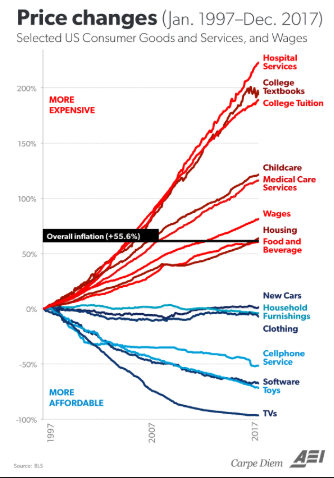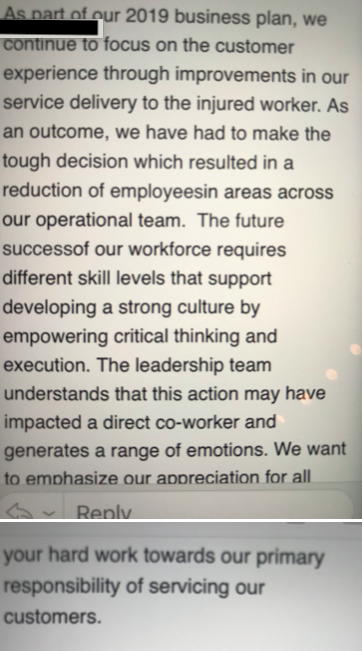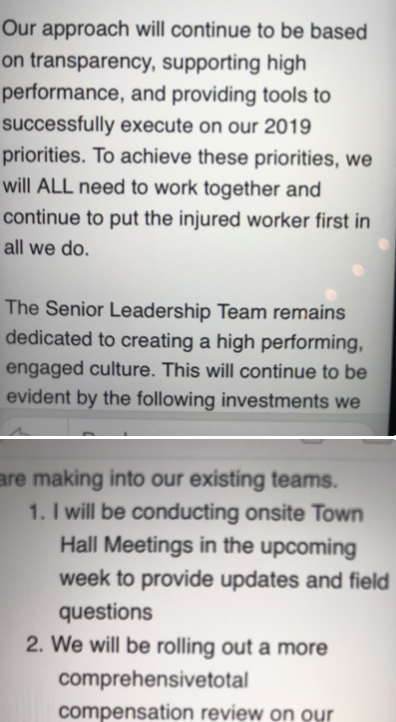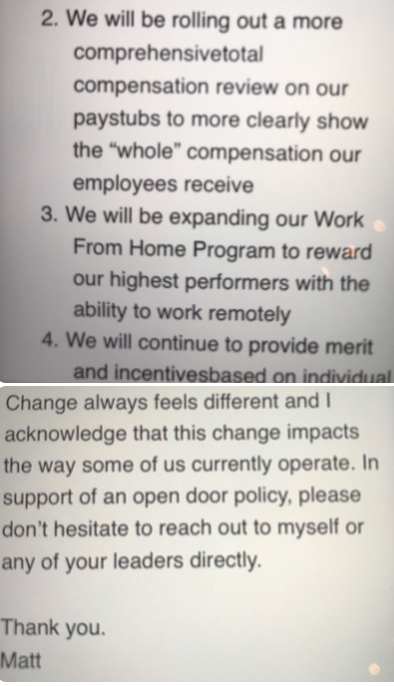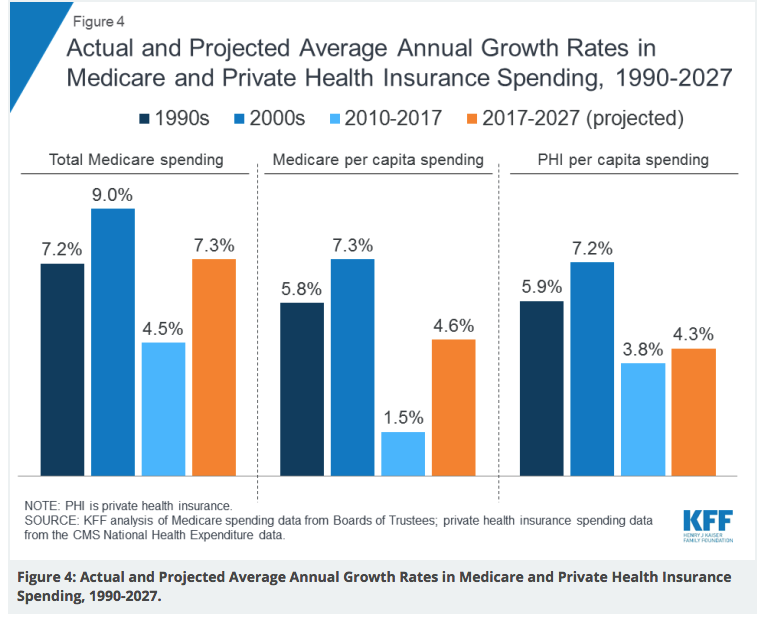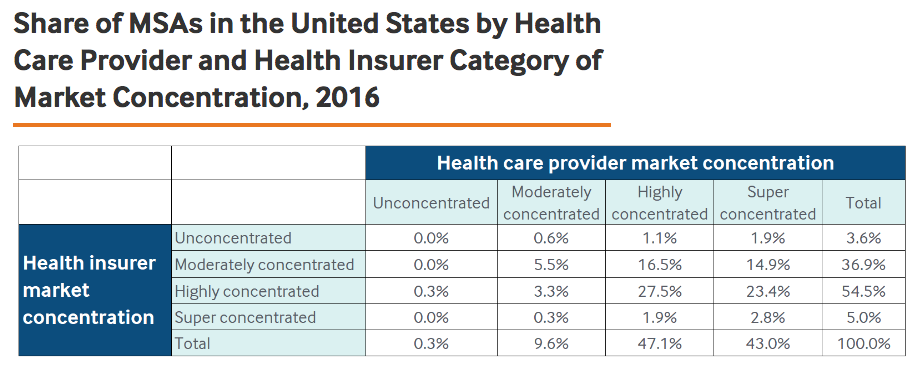So, what would the most expensive version of Single Payer cost? Eliminating all deductibles, copays, coinsurance, premiums for Bernie Sanders’ super-duper Rolls Royce plan would run about $32,000 for a family (a gross simplification to be sure).
There are 22 million jobs in the US healthcare and related industries (that includes mine, one of our daughters, and her husband – they are nurses.) Let’s add all the college and grad school institutions that employ tens of thousands to educate people on healthcare administration, and the support infrastructure – IT companies, paper form printers, App developers, pundits and commentators, real estate occupied by insurers…you get the idea. The health care industry is at least a fifth of our economy.
The private health insurance industry alone employs 540,000 workers.
If we switched to a true single payer system, millions of administrative jobs would disappear. Remember what happened to manufacturing in the rust belt? That happened over 30 years; this would affect a much bigger share of the economy over a much shorter time.
The result would be an economic collapse that would surpass the Great Depression and devastate the economy.
Lest you think this is hyperbole, Taiwan employs a grand total of 300 people to administer a single payer healthcare system for a population of 24 million.
Using Taiwan as a basis, we’d only need 4,125 people to administer a universal single payer system.

